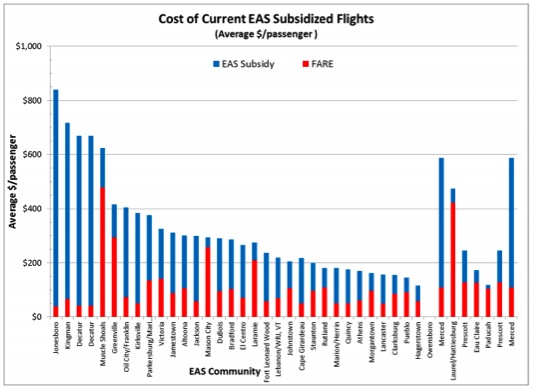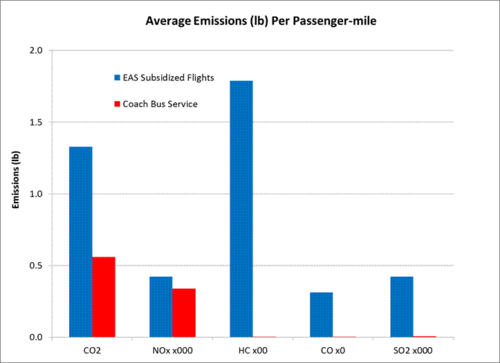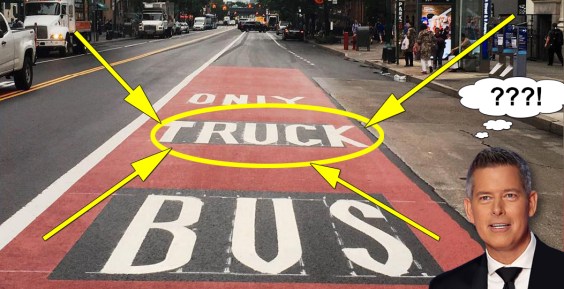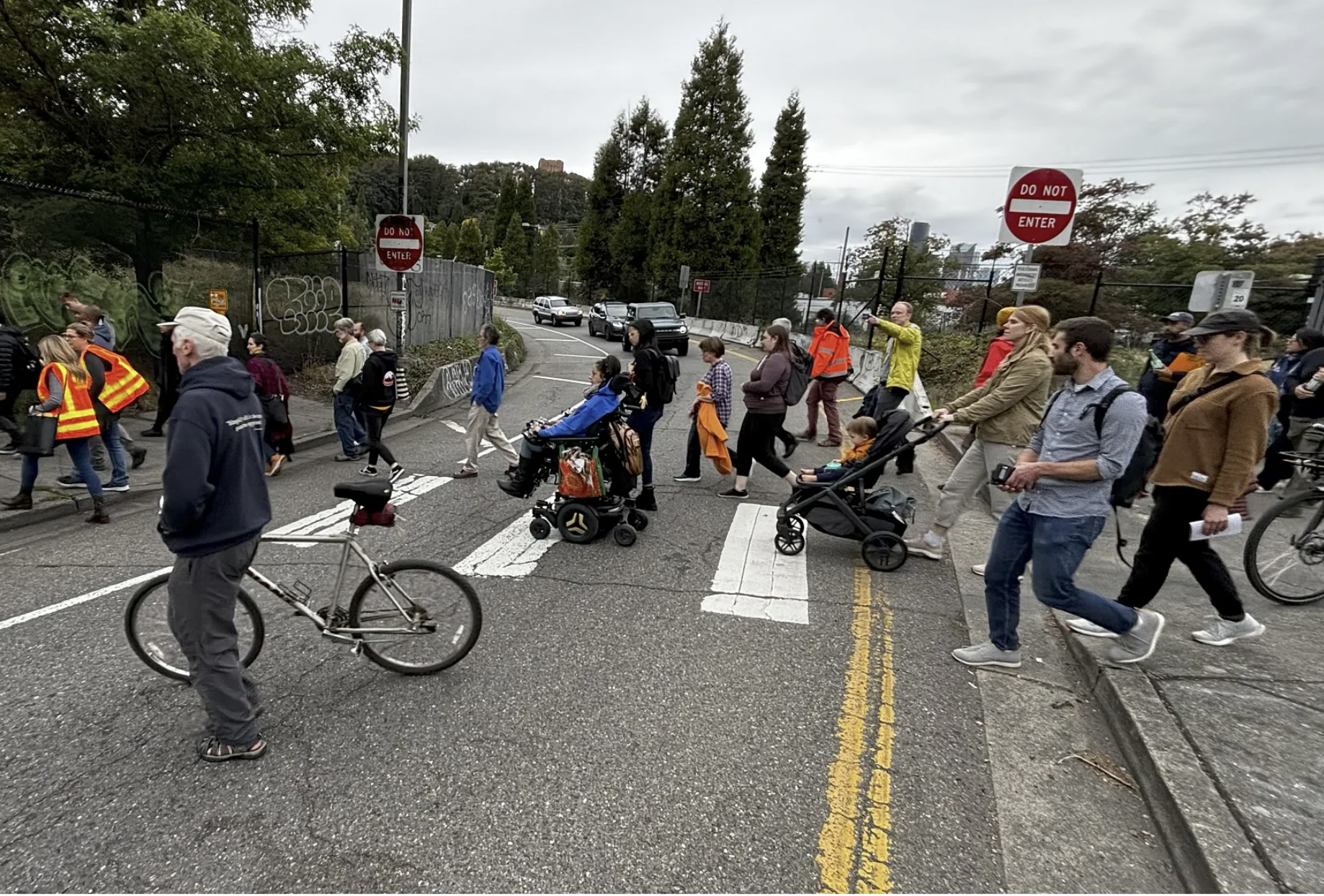
Buried in the FAA extension passed last week was a line item for air service to connect rural communities to major airports. These are usually tiny flights, leaving from remote airports. All together, they use annual subsidies of over $163 million.
In July, when Republicans forced a temporary shutdown of the FAA, this “essential air service” was one of the major sticking points. The House wanted to end the federal subsidies funding the service (even though Republicans disproportionately represent rural districts) except for routes in Alaska and Hawaii, which would still be eligible for federal subsidies.
The Reason Foundation, the Natural Resources Defense Council, the American Bus Association, and Taxpayers for Common Sense – groups with wildly divergent missions – have come together to figure out if those communities could be connected more sustainably by using buses instead of planes.
Of the 153 communities served by what’s known as essential air service, many are long distances from major airports, especially the large proportion in Alaska. But M.J. Bradley and Associates, which was commissioned by the four groups to write the study, “Keeping Rural Communities Connected,” found that 38 of the 153 airports served – about a quarter of the total – were within 150 miles of a hub airport [PDF].
They found that 79,000 one-way flights leave each year out of those 38 airports, carrying 615,000 passengers, at a total cost of $131 million. Of that, about $60 million is government subsidy and $70 million comes from fares. M.J. Bradley found that equivalent bus service could be offered for just $41 million, for a savings of $90 million. Average passenger costs would go down by as much as $285 per round trip.
The switch from airplanes to buses would also save nearly 6 million gallons of gas annually and cut carbon pollution by more than 63,000 tons.

The libertarians in the group like the plan because it gives private bus companies a chance to provide the service, and even Peter Pantuso of the American Bus Association adopted that rhetoric. “The government needs to get out of the business of making selections by passing dollars around on who the winners are and who the losers are in transportation,” he said, “and they need to look at what makes the most sense, not the stovepipe approach we’ve seen in Washington for so many years.”
They think that bus service between these remote areas may require subsidies at first, but that once the market grows, the private sector can take over.
I’d be interested to see some evidence to back up that claim – it’s not in the report. After all, it was just a few years ago that Greyhound was forced to make major cutbacks to its money-losing routes in rural areas.
Just because bus service is cheaper, for the government and for the passenger, it won’t necessarily attract customers. The study found that in most cases, the trip took longer by bus, even taking into account the security lines and extra hour built in to plane travel. On average, researchers said it increased the trip by 43 minutes. Will people be willing to spend an extra 43 minutes getting to their destination, even to save themselves -- and the government -- some money?
Maybe. Without making too many generalizations, rural Americans tend to have a libertarian streak, wanting government out of their business. They -- or maybe it's just their members of Congress -- often complain about subsidizing urban mass transit systems with their gas tax dollars. But in this case, the rest of the country subsidizes their decision to live far from services and amenities by providing tiny turboprop airplanes to shuttle them back and forth. Perhaps the recipients of those subsidies would embrace the free-market nature of the bus service (if it ever launches and turns a profit) and prefer that to dependence on government largesse.





